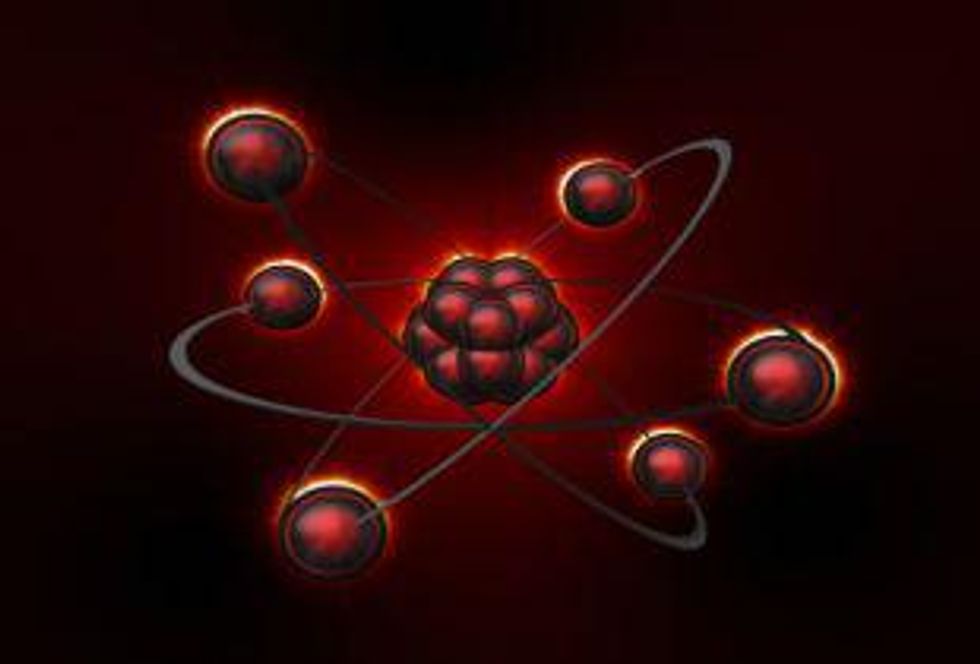- AustraliaNorth AmericaWorld
Investing News NetworkYour trusted source for investing success
- Lithium Outlook
- Oil and Gas Outlook
- Gold Outlook Report
- Uranium Outlook
- Rare Earths Outlook
- All Outlook Reports
- Top Generative AI Stocks
- Top EV Stocks
- Biggest AI Companies
- Biggest Blockchain Stocks
- Biggest Cryptocurrency-mining Stocks
- Biggest Cybersecurity Companies
- Biggest Robotics Companies
- Biggest Social Media Companies
- Biggest Technology ETFs
- Artificial Intellgience ETFs
- Robotics ETFs
- Canadian Cryptocurrency ETFs
- Artificial Intelligence Outlook
- EV Outlook
- Cleantech Outlook
- Crypto Outlook
- Tech Outlook
- All Market Outlook Reports
- Cannabis Weekly Round-Up
- Top Alzheimer's Treatment Stocks
- Top Biotech Stocks
- Top Plant-based Food Stocks
- Biggest Cannabis Stocks
- Biggest Pharma Stocks
- Longevity Stocks to Watch
- Psychedelics Stocks to Watch
- Top Cobalt Stocks
- Small Biotech ETFs to Watch
- Top Life Science ETFs
- Biggest Pharmaceutical ETFs
- Life Science Outlook
- Biotech Outlook
- Cannabis Outlook
- Pharma Outlook
- Psychedelics Outlook
- All Market Outlook Reports
As the natural and now nuclear disaster unfolds in Japan, the number one importer of Chinese rare earth, rare earth stocks have been taking a hit. However, as an impending nuclear meltdown may increase the willingness of governments to jettison nuclear projects and move toward alternative energy, this may be a time to get into rare earth as they are essential for renewable energy, wind turbines and hybrid/electric vehicles.
By Michael Montgomery—Exclusive to Rare Earth Investing News
The horrific events in Japan, and the almost certain impending nuclear meltdown, have raised fears of the safety of nuclear projects going forward. These fears are substantial and well founded, as Three Mile Island and Chernobyl have shown the world the disastrous outcomes of nuclear power generation. For the most part, nuclear power has had a good safety record. However, just as air travel is overwhelmingly safe compared to most other forms of travel, when accidents do occur they have a powerful impact on the public psyche.Since the start of the nuclear crisis in Japan, the renewable energy sector has received a lot of attention. Alternative energy stocks have been the winners where it seems all others have been hit hard. Alternative energy ETFs have been posting gains, as well as shares in individual company shares based in alternative energy. Going forward, it is not bold to assume that the increased demand alternative energy solutions will increase demand for rare earths dramatically.
Undoubtedly demand in the short term for rare earths will decrease, as Toyota has halted its production line, as have many other Japanese companies. Japan is the largest importer of rare earth oxides from China. These elements are used in hybrid cars, wind turbines, high tech electronics and a host of other applications vital to the health of the Japanese Economy.
“We cannot call our customers right now and say, ‘Do you want to buy something?’ No one is in the mood … So if 50 percent of the consumption of the world is in Japan and this 50 percent stops for a couple of weeks, or a couple of months, this will be a huge impact on the consumption side or the demand side,” said Furkhat Faizulla, marketing manager from Advanced Material Japan Corp. He added, “We will have to see the real situation in Japan in one week, two weeks, but maybe the prices will come down in the coming months.”
Rare Earth elements are essential to wind turbine production. High amounts of neodymium and other rare earths are needed to make the magnets that actually generate electricity from the spinning blades. “To make the most efficient, lightest weight, lowest service wind turbine generator of electricity takes one ton of the rare earth metal, neodymium, per megawatt of generating capacity,” stated Jack Lifton, the Co-founder and Director of Technology Metals. The demand for wind and other alternative energy sources will undoubtedly increase as the world shies away from nuclear generated energy.
US Secretary of the Interior Ken Salazar and US Secretary of Energy Steven Chu introduced a strategic plan to speed development of offshore wind energy, asking for $50.5 million “for projects that support offshore wind energy deployment and several high priority Wind Energy Areas in the mid-Atlantic that will spur rapid, responsible development of the region’s offshore wind-energy resources,” reports Mark Ingebretsen, for Investor Place. After the events in Japan, this proposal will most likely find little resistance from Congress.The investment potential in the wind power side of the equation was covered previously here on Rare Earth Investing News.
US President Barack Obama has laid out a goal to produce 80 percent of electrical generation in the US from clean sources, including nuclear; however, with a meltdown in Japan, the administration may back off of that side of the proposal.
On the whole, shares for rare earth producers are down since Japan’s disaster. You can reference the Rare Earth Investing News Index to chart a basket of small-cap rare earth exploration companies that are striving toward production. This is unsurprising as Japan has been funding rare earth projects around the world, as well as consuming a large portion of rare earth oxides. However, the demand for rare earths from a multitude of sectors, including defense, wind turbines, automotive and high tech technologies is expected to outstrip available supply, meaning the share prices of many companies will bounce back.
Latest News
Investing News Network websites or approved third-party tools use cookies. Please refer to the cookie policy for collected data, privacy and GDPR compliance. By continuing to browse the site, you agree to our use of cookies.
